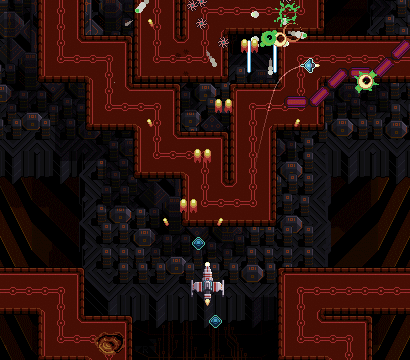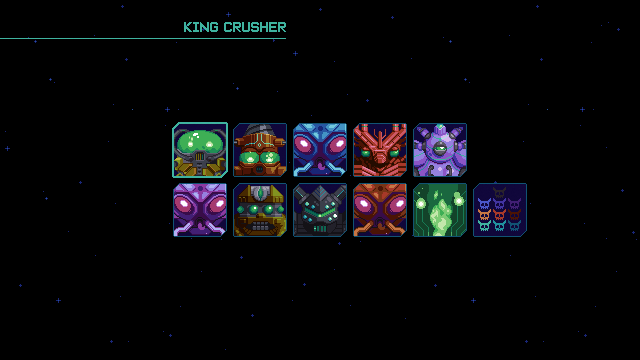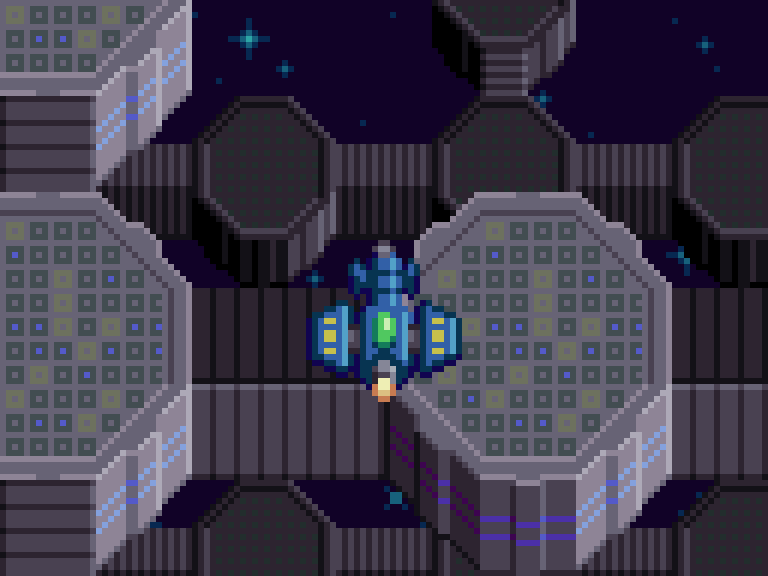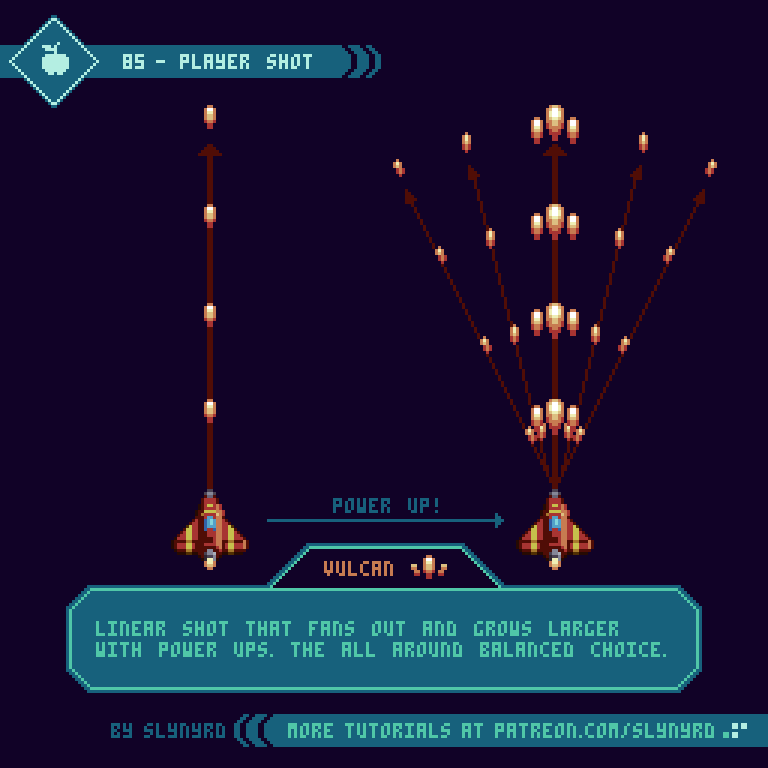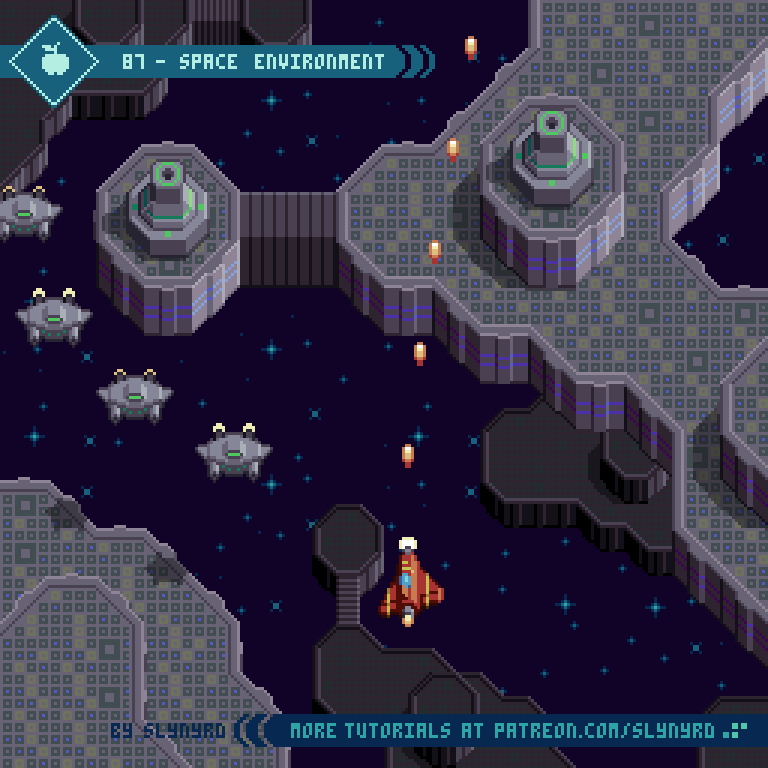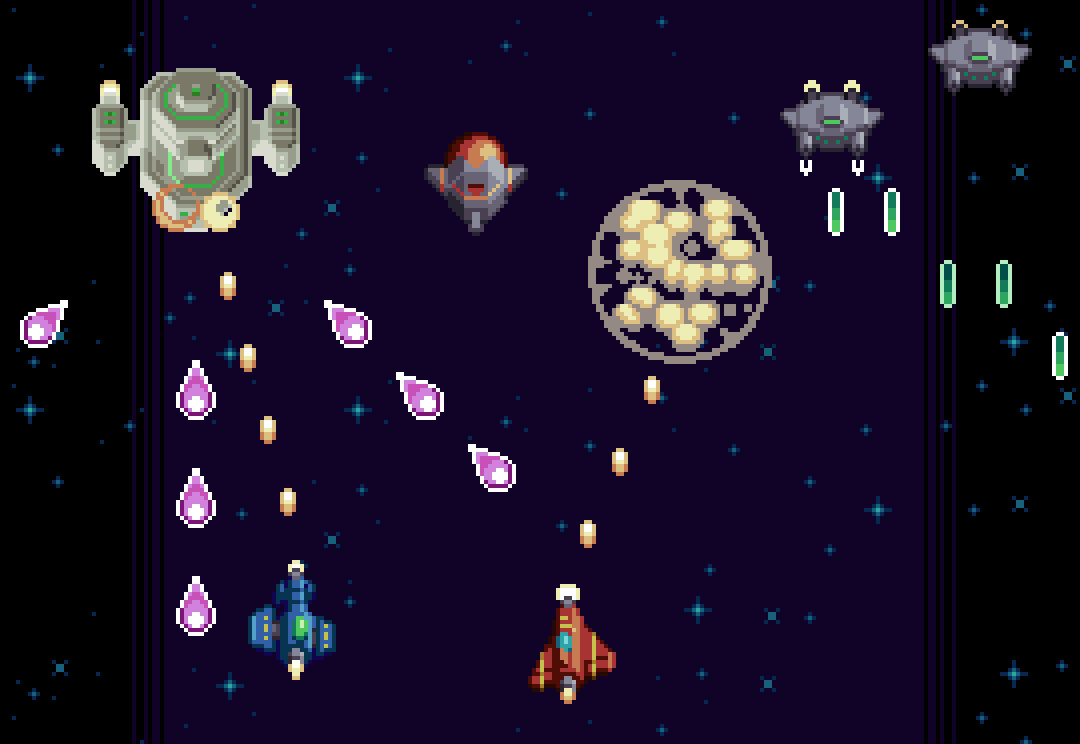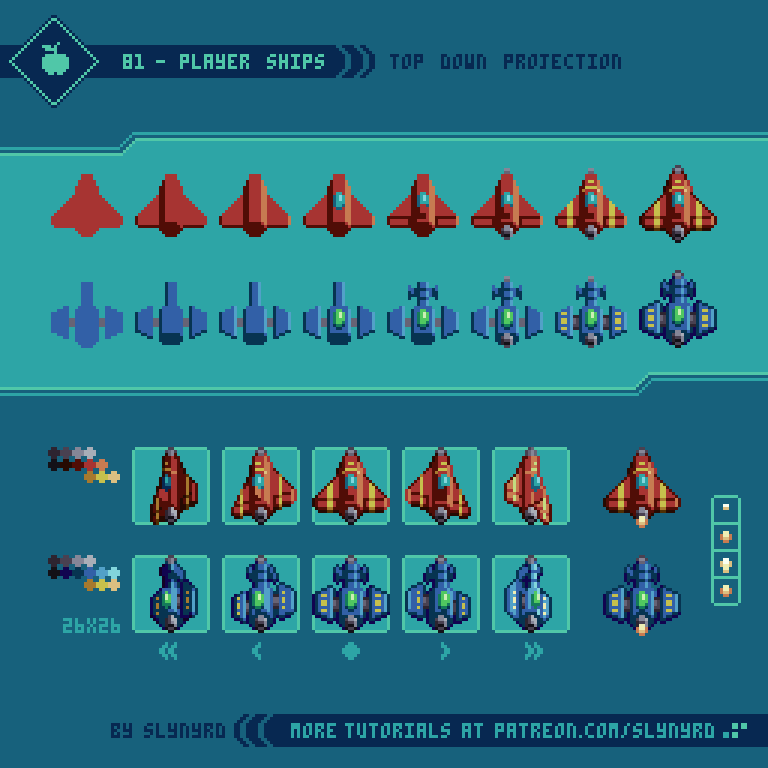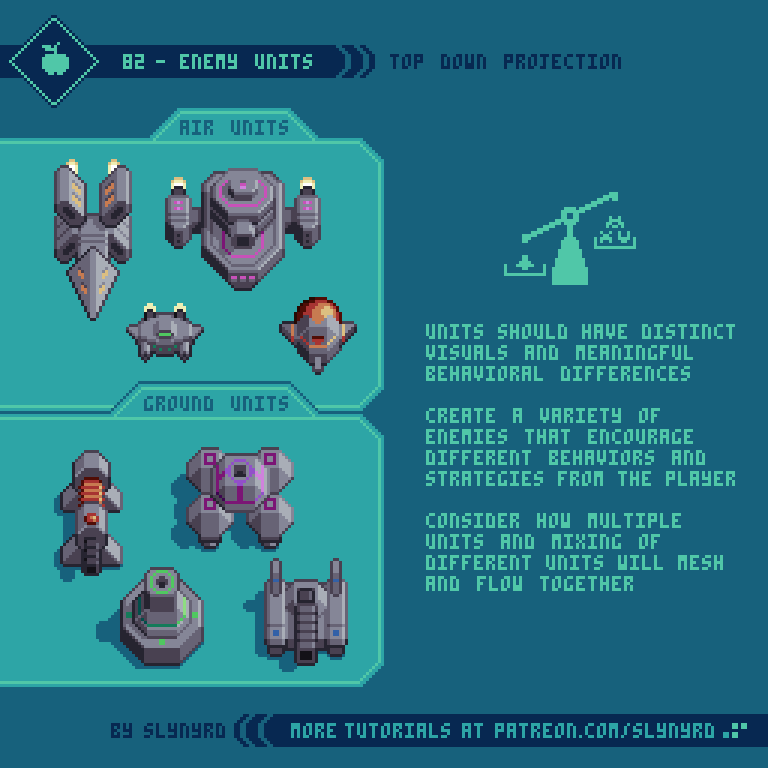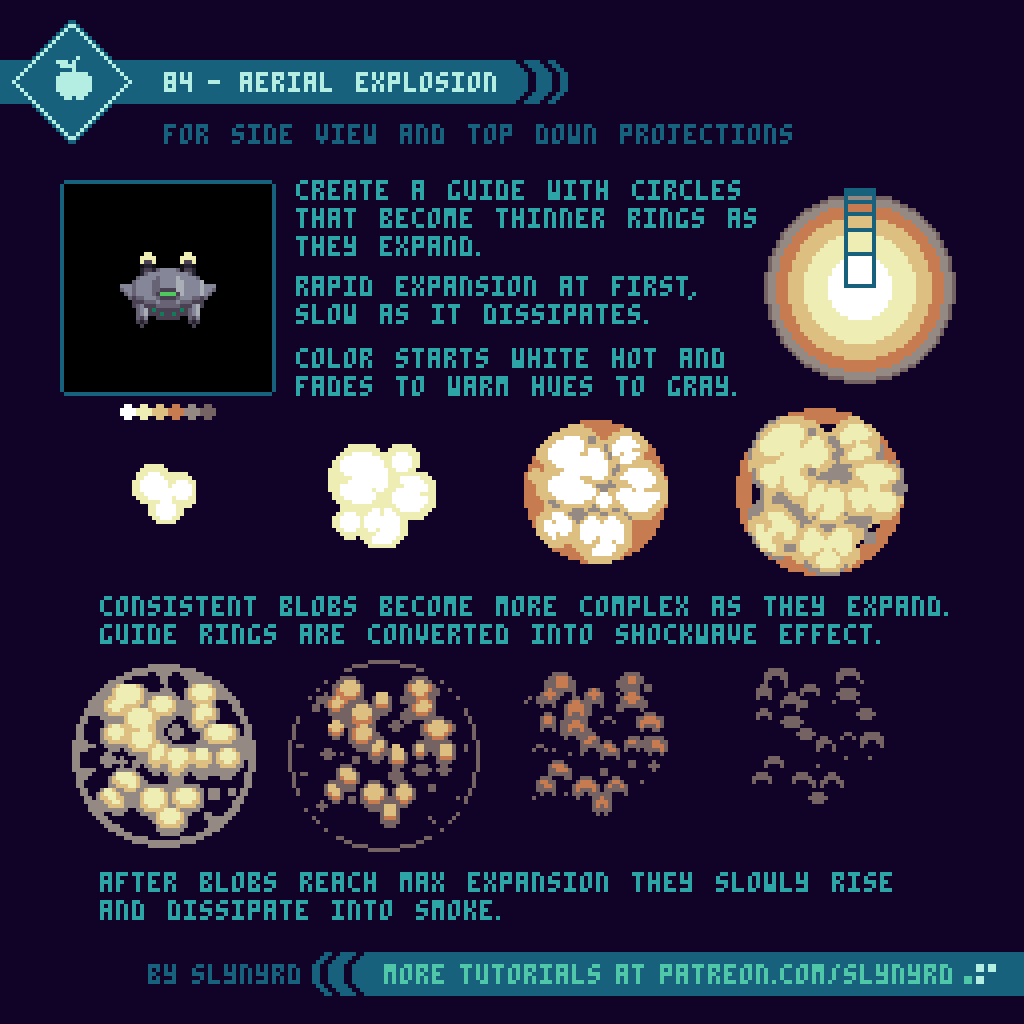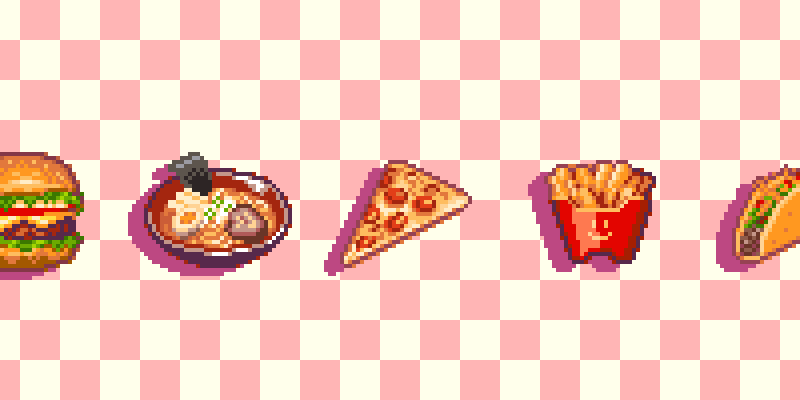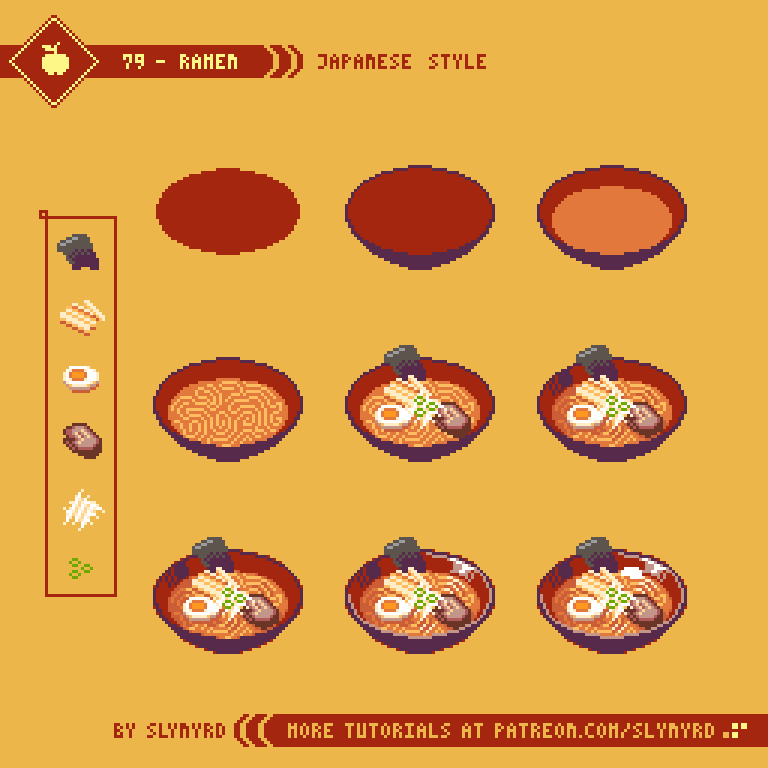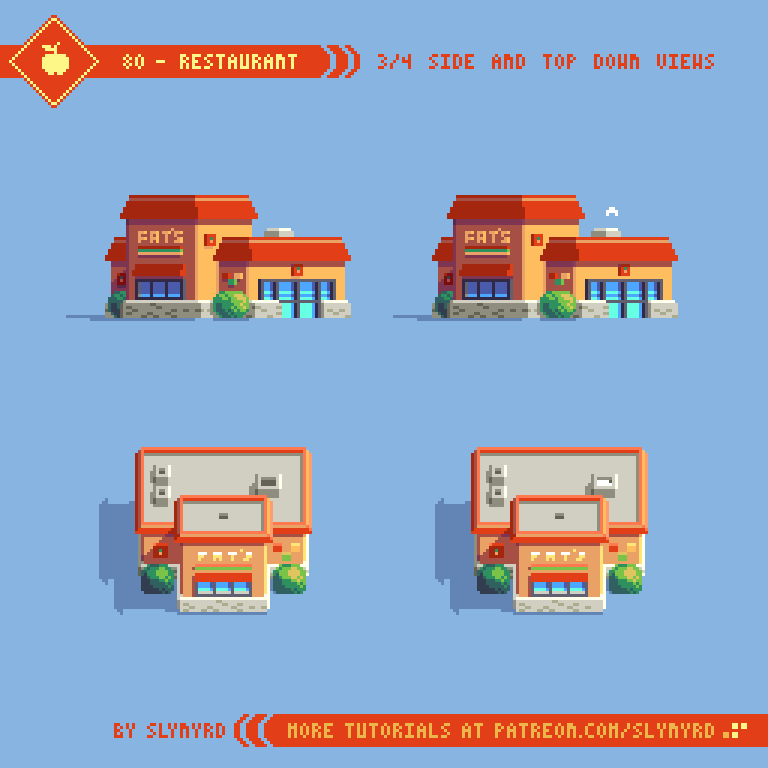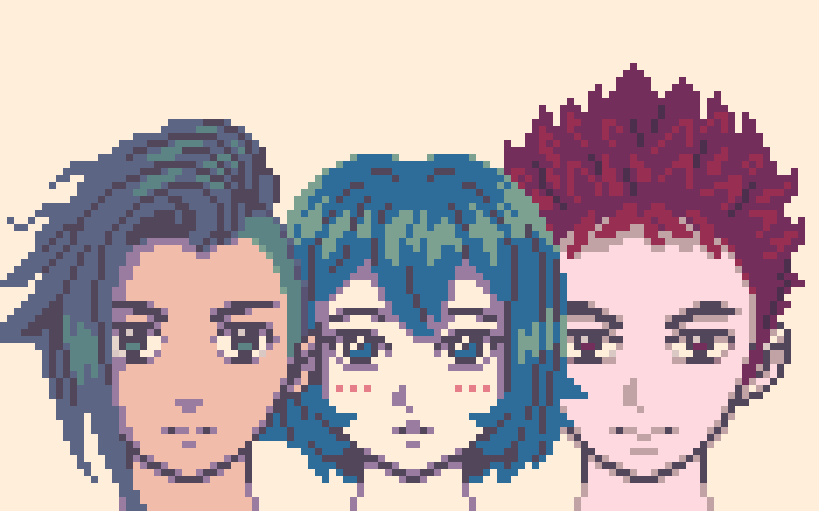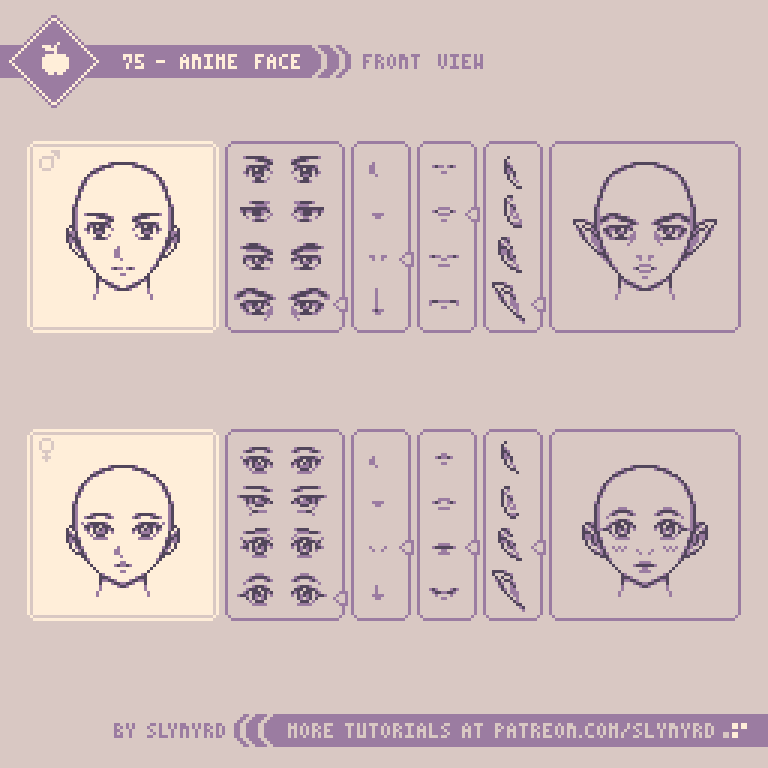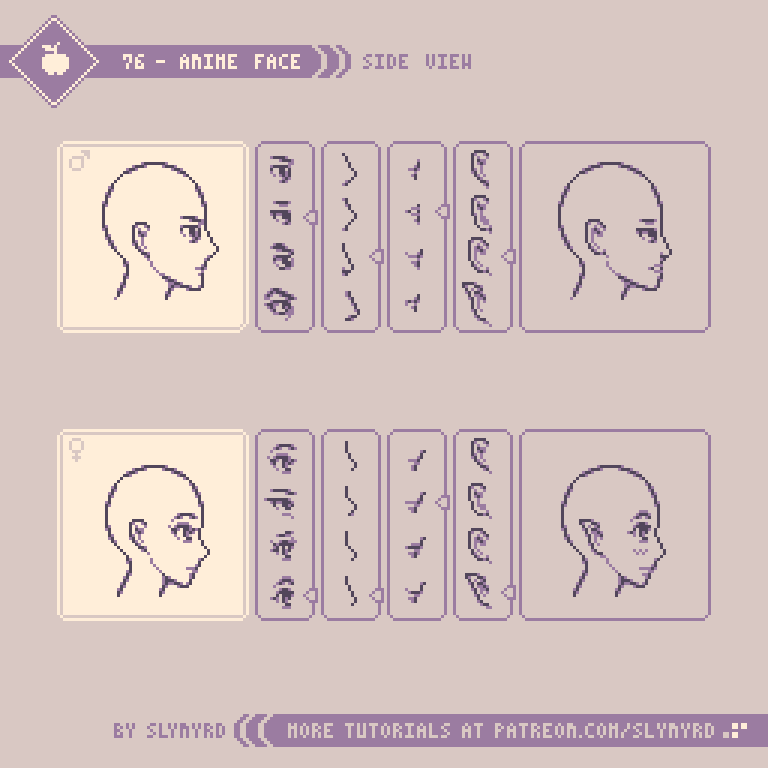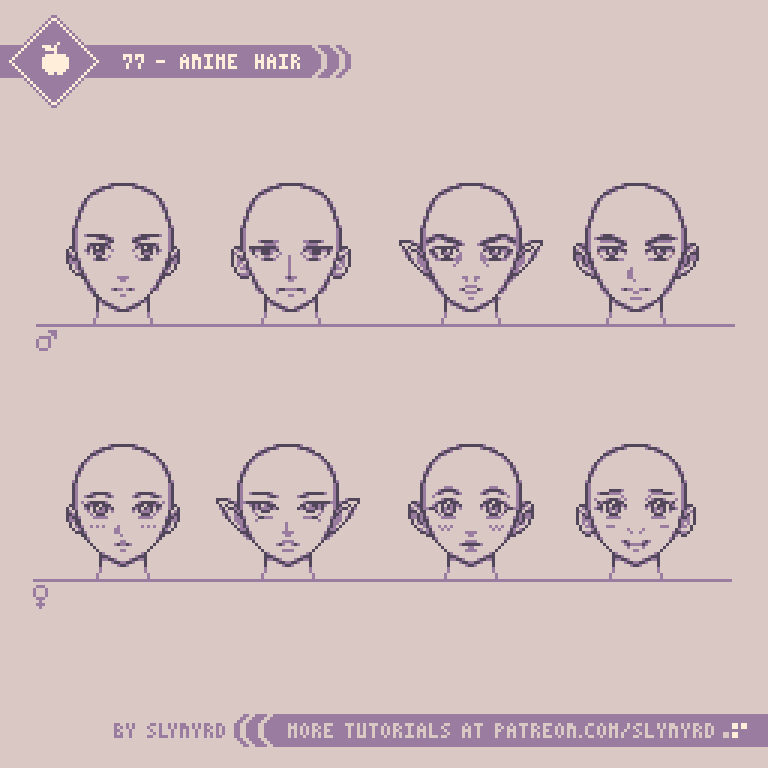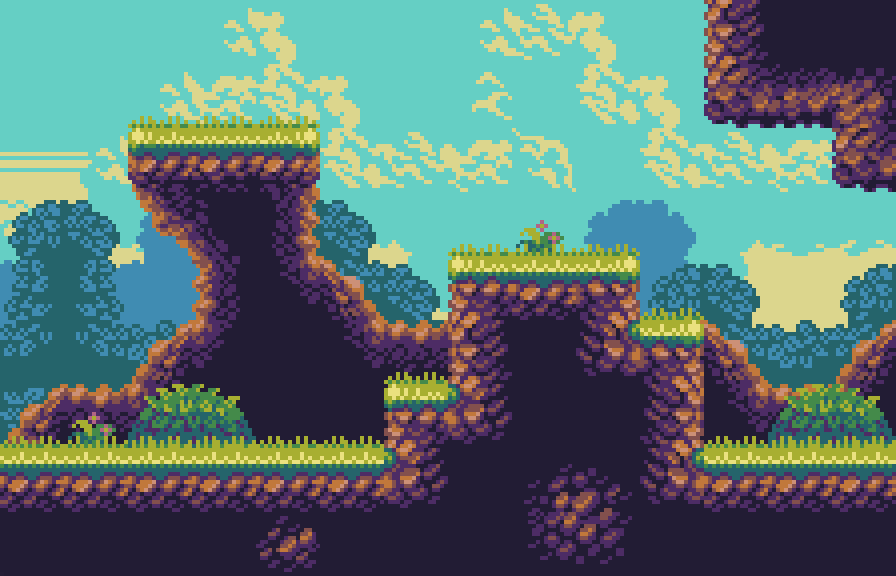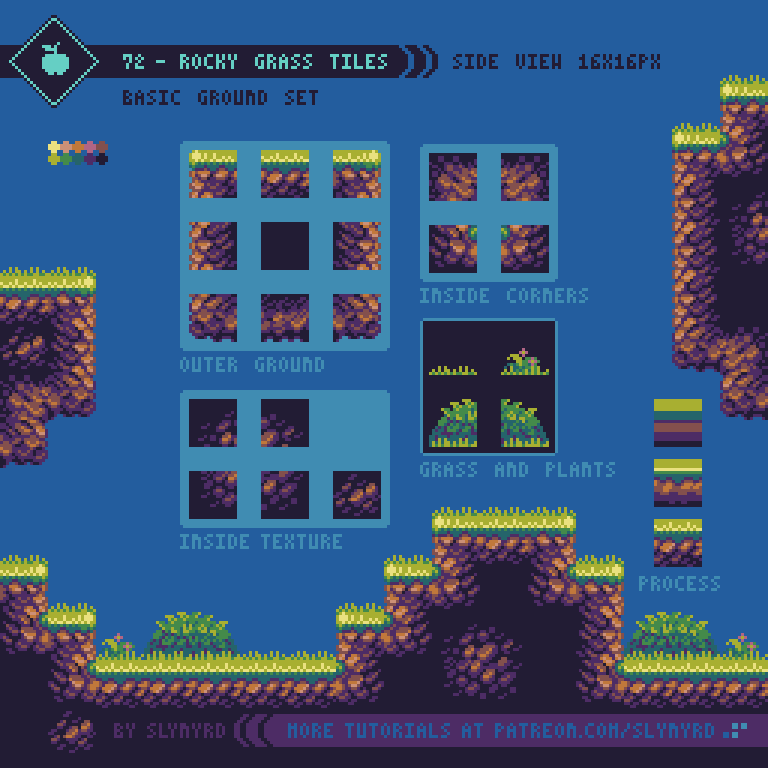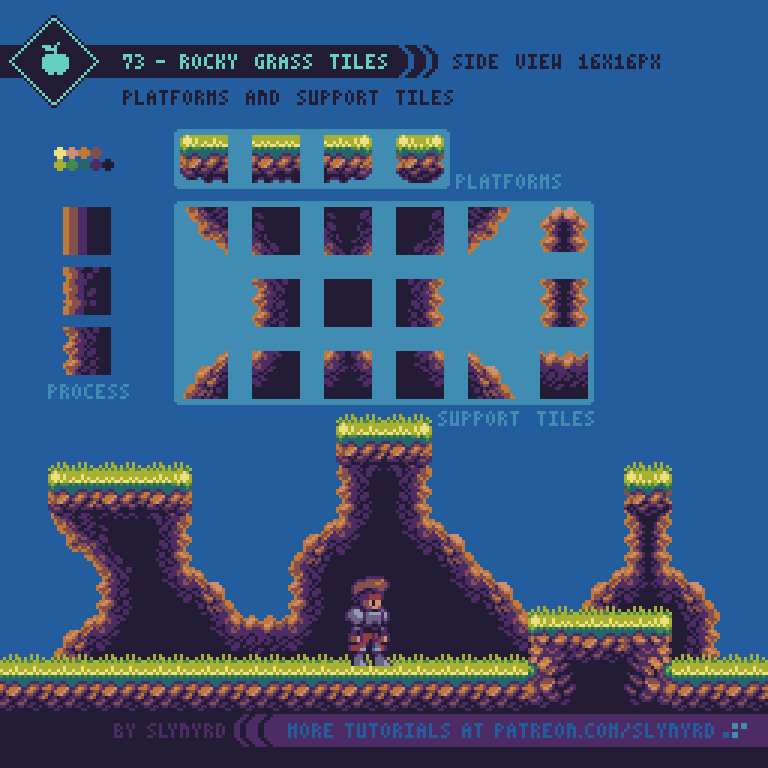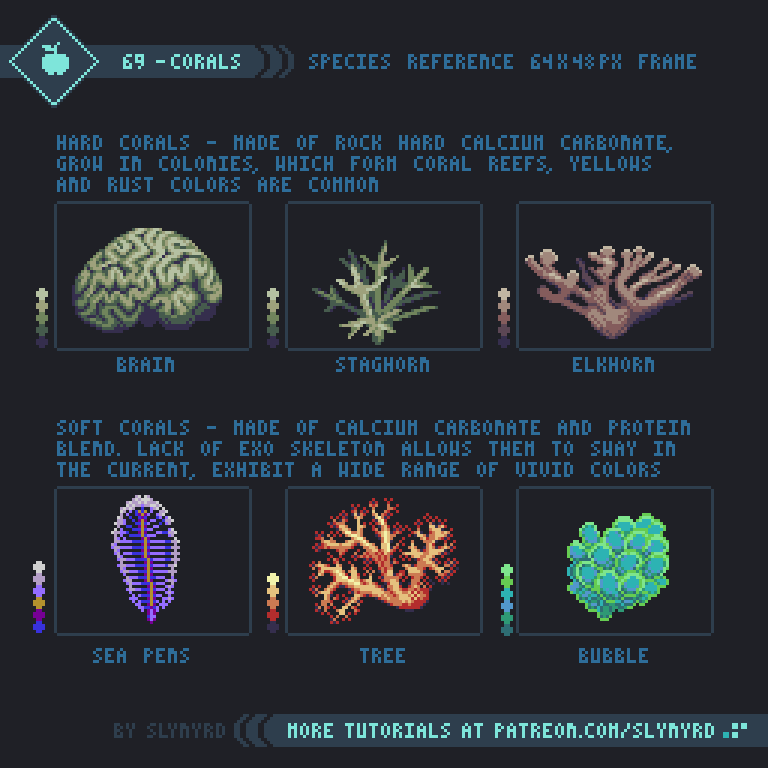The long haul
Hello, hopeful new recruits. I know your triggers are itching to blast some mecha goons out of space after all these years of development. I moved gamedev updates to my Patreon content years ago, but as we sit on the cusp of release, a full blog post is warranted to cover the happenings and my thoughts as we near the end of our long journey.
It’s too hard!
We began beta testing in late January, which is still ongoing. Overall things have gone pretty smooth, and we’ve made many major improvements thanks to our testers’ feedback. While the graphics and audio have received much praise, the difficulty factor has been the most common critique. The game is geared for hardcore players by design and does require repeated plays to advance, but we still want to make the game accessible to an audience beyond shmup junkies without spoiling a meaningful challenge. In order to ease the difficulty and strip out some grinding, we’ve made many significant changes. Such changes include universal slowing down of enemies and projectiles in early missions, increased fire rate, increased ability to earn GP faster, increased invulnerability period after taking damage, auto-shields on fatal hits, complete removal of tedious objectives, minor level design changes, and the inclusion of a full tutorial mission. In spite of all this, we still have users requesting an easy mode.
NO Easy mode
While I’m generally against the whole idea of accessibility modes, I understand the implementation for certain types of modern games. For example, easy mode makes sense In the case of a story driven graphical powerhouse where much of the enjoyment is derived from the cinematic experience. However, hand holdy mode is not appropriate in the case of a skill based game where the core enjoyment comes through the gameplay and satisfaction of overcoming challenges. Although our game has some nice graphics and presentation, it definitely is the latter type of game that focuses on skill based gameplay. So, while we’re open to balancing changes, we believe a full on easy mode would undermine the design.
Varied repetition and Organic Difficulty Curve
To advance you must do more than survive, you must earn medals by completing 4 specific objectives in each level. Repeated plays are by design, and you should not feel defeated for not completing all objectives when you finish a mission. To break the monotony, each objective emphasizes different strategies, and you should only try to achieve one per run until you get the hang of it, and/or have a power advantage with upgrades. The feel of the level is always changing as you upgrade your ship and wingmens’ abilities, and improve in skill. When you unlock more wingmen you also have that variation to play with.
Our game actually has 4 difficulty tiers for each mission, rookie, ace, veteran, and master. You start on rookie and have to complete all 4 objectives on that setting to unlock the next difficulty. Therefore, easy mode is essentially baked into the experience as the first few missions on rookie. Once you get to the 4th mission things really start to heat up, and you are forced to hone your skills. However, even if you aren’t very good at the game, the upgrade system works as a built in handicap, as you are able to keep any GP you acquire in a level, even if you die or quit mid mission. You should have several missions and difficulty tiers open by this point to allow yourself a variety of meaningful activities as you improve your ship. Moreover, GP need only be gained organically as you make legitimate attempts at clearing level objectives. Therefore, it’s possible to beat the game without true grinding, however, the option to grind is always there.
Extra Modes
Enjoy endless score chasing fun in Survival mode.
Should you fall weary in the mission mode, you can play the procedural survival mode for a refresh, or practice the bosses in boss rush mode. After chasing a score in the chaotic patterns of survival mode for a while you might return to mission mode finding your senses heightened. Getting all the way through a level only to be crushed by a boss? Why not master that boss in boss rush mode before raising the stakes? All the tools are there to allow the player to improve and continue advancing.
Master the bosses in Boss Rush mode to insure victory in the main game, and compete for the best time on the leaderboards.
Inclined to give up, or conquer?
I’m somewhat perplexed by how many gamers these days will gleefully cut down trees or kill slimes in some vapid environment for hours on end, but they’re not willing replay a handcrafted 5 minute mission a few times to learn its thoughtful design. I get it. Sometimes you just want to kick back and zone out on some casual gameplay. But personally, I get the most enjoyment out of games that demand skill. I think it’s fun to suck at something and gradually get better. Having this demeanor towards all challenges will increase your chances for success and fulfillment in life. I know it’s a game, but it’s not just a game. We learn a great deal through play. The games we play, and the stories we tell have profound influence on our psychology. No participation trophies here.
Finding our audience
Since challenging skill based gameplay is usually the standard when it comes to shmups, they tend to attract a niche audience of hardcore players. Therefore, we felt secure in emphasizing the challenge as we designed the game. Strangely, we seem to attract an eclectic audience of few hardcore shmup players so far. This may partly be due to the colorful aesthetic. Or, it’s because our name is attracting fans of the game Tyrian, which apparently includes many difficulty modes to allow players to ease into the game. Well, I’m sorry to burst your bubble, but our game is not inspired by Tyrian at all.
Not Tyrian
At the start of development we had never even heard of Tyrian. The origin of our title ‘Thyrian Defenders’ comes from our original fictional universe it takes place in, which we named ‘Thyria’, simply because we really like the sound of the word. Turns out a total coincidence that a really similar word is used for a game title in the same genre. We came aware of this unfortunate coincidence some time ago, but we thought the different spelling and phonetic would be enough to bury the past with an exciting new experience. Also, we figured the association couldn’t hurt, because it’s the same genre, and fans of another vertical shmup would likely enjoy ours. However, we’ve come to understand that Tyrian is a much different game than ours, and approaching our game with false preconceptions seems to hinder the ability to enjoy our game for what it is.
We were actually working on a canceled project before this that takes place in the same universe called ‘Thyria’ and nobody made an association to Tyrian, because it was a different genre(platformer). But now that it’s a vertical scrolling shmup, it’s become obvious we must distance ourselves with a completely different title. By the way, very few people have ever pointed out our true inspirations, as it is definitely not Tyrian. Ever play Skyforce?
Hyper Echelon
The evolution of our name and logos over the years.
After a couple weeks of brainstorming for a new name, we have arrived at ‘Hyper Echelon’. Since we’re going to participate in the Steam Next Fest, we had to notify them of our new name ASAP. So, I hope you like it, as it’s pretty much already official. Well, let me tell you why it’s a good name.
First, the phonetics are pretty, and it feels sufficiently shmupy. What’s more, the meaning is totally appropriate. Basically, it means beyond rank, higher than top class. You’re going to need to ascend into such an echelon if you want to defeat the final boss in this game. Also, we have a lot of tiers in the game such as the difficulty levels, the different star systems, and the rank system that grades your performance. We want to emphasize this aspect of the game, as it very much a game about skill.
We considered synonyms for the word hyper, but found it sounded best phonetically, and had the most spacey feel. Also it appears in several instances through the game. You must get through multiple Hyperspace missions, and destroy the Hyperqueens in order to step up to more advanced star systems.
The meaning doesn’t end there. Echelon can also refer to a flight formation of units stepping off to the back right or left, just like the way the titan and wingmen are arranged! We think that’s really cool since the wingman feature is one of the distinct aspects of the game.
We had become quite attached to Thyrian Defenders over the years, but we’re quite happy with everything entailed in Hyper Echelon. It captures the spirit of the gameplay, and implies a hardcore nature to the game. Hopefully that will speak more to hardcore shmup fans in general, and distance us from the Tyrian nuts. Nothing against Tyrian fans, but you must understand how annoying the constant association is when you’re trying to make your own IP.
It’s always strange to change names, but I’ve settled into it. My only concern is if it sounds lame or silly in some other languages/cultures. Let me know what you all think.
The new logo in pixel form
This is the current iteration of the new logo. I liked the old logo, but the font didn’t seem to fit the new words, both visually and in meaning. We want to emphasize the second word ‘echelon’, while with the old name both words were of similar emphasis, and ‘Thyrian’ was distinguished with the wings. Hence, the total overhaul. I think it’s about there, but I might find a way to make it better yet.
The new logo in vector form
While the old logo was a work of art in itself, it lacked functionality. There were a few too many letters in the title, and the font was very chunky, making it difficult to read at a glance. Especially when scaled down, it became noisy and barely readable. This new logo is instantly readable and is able to remain consistent in all formats. Also, I like the color variation.
It’s strange to get used to a new name, but it had to be done. Hope you’ll grow into it. At the time of writing this, we still haven’t implemented the name change in the game, and on all marketing materials. Please be patient as we phase out the old name across all channels.
Well, we’ve hit about every pitfall out there in this gamedev cycle. Hopefully this name change is the last, but I’m not counting on it. Thanks to everyone who’s supported us on the journey. I believe a game will be released at some point.
-By Raymond Schlitter
